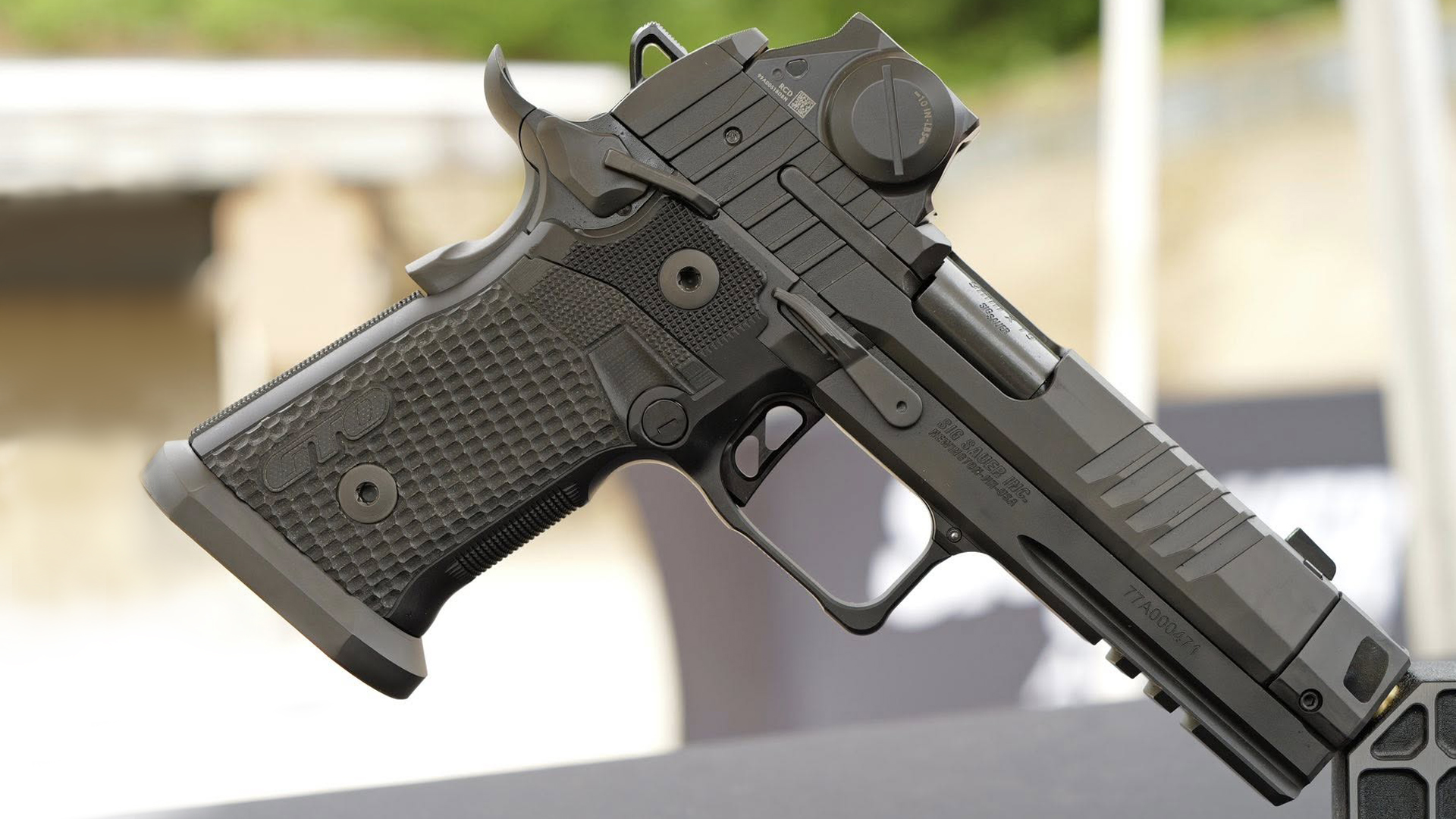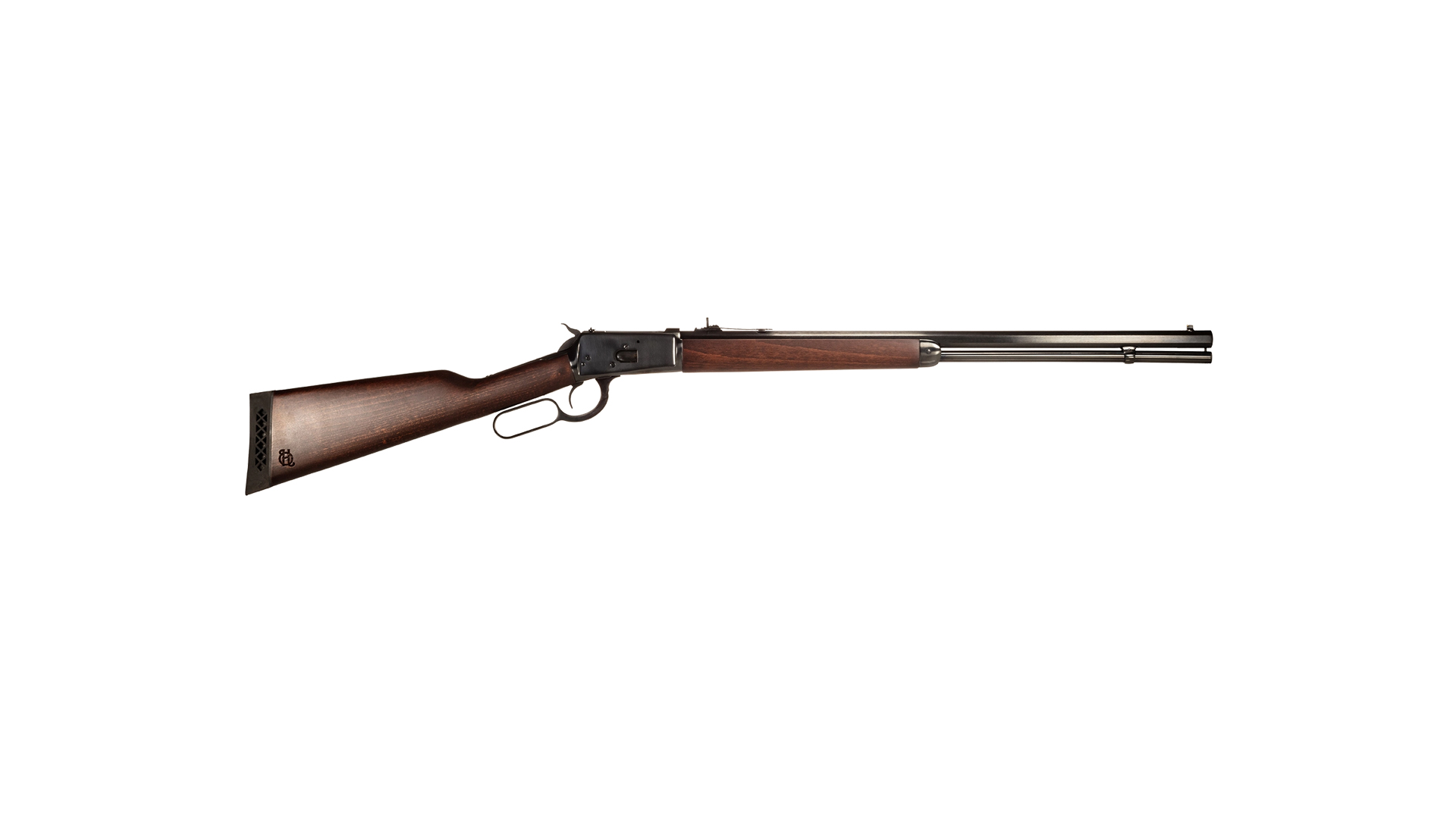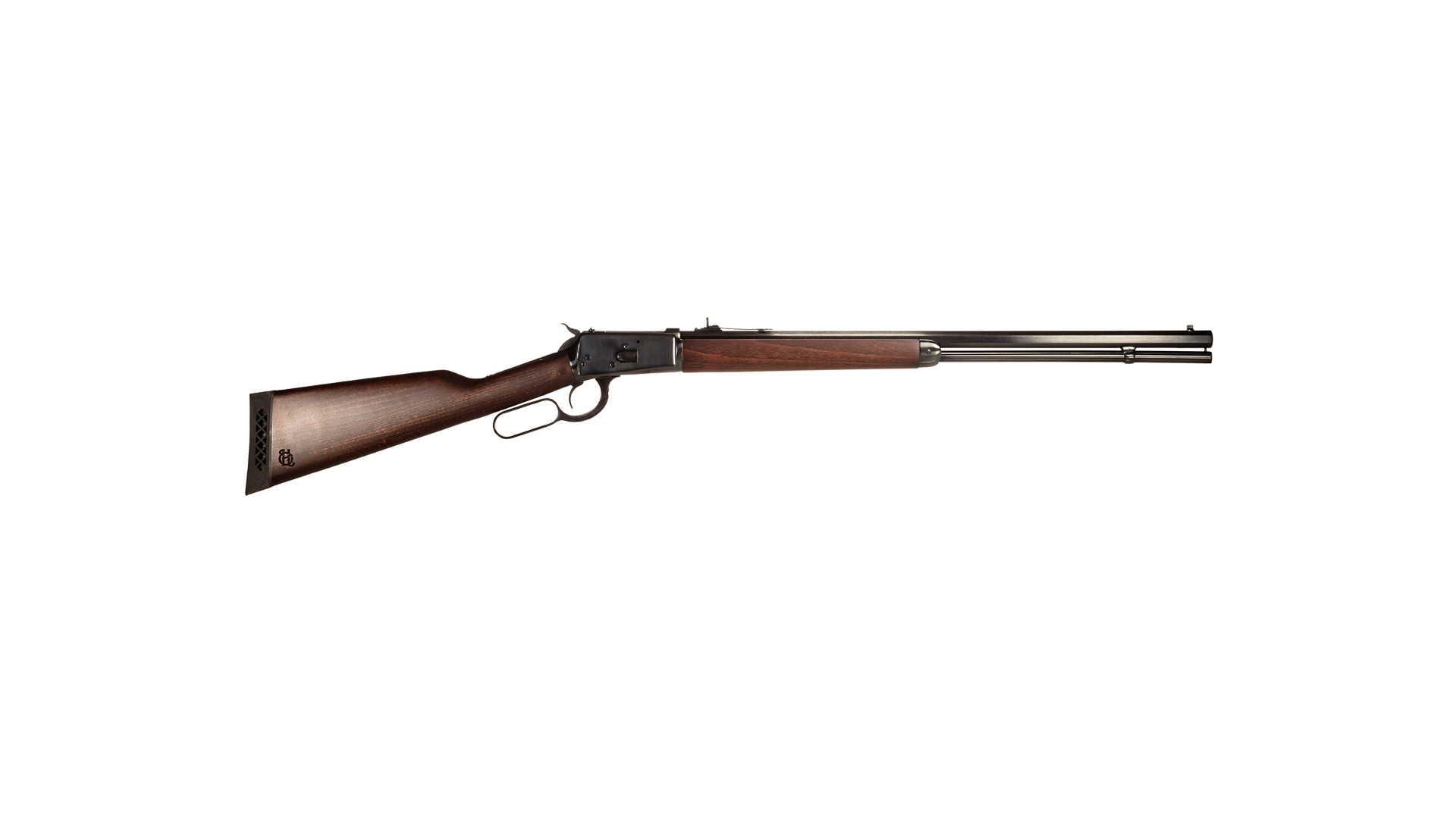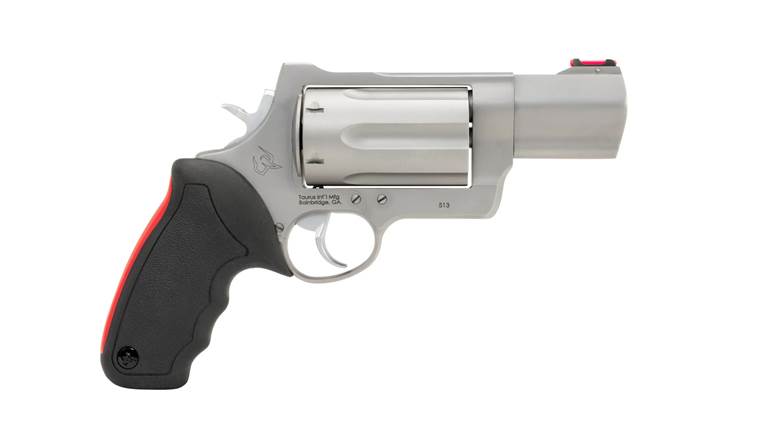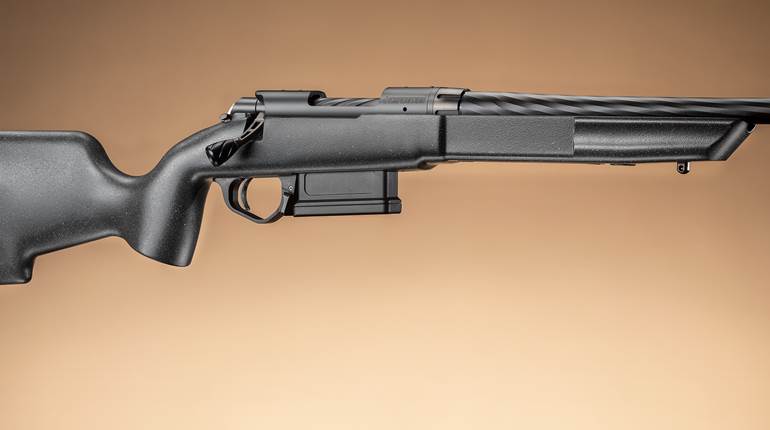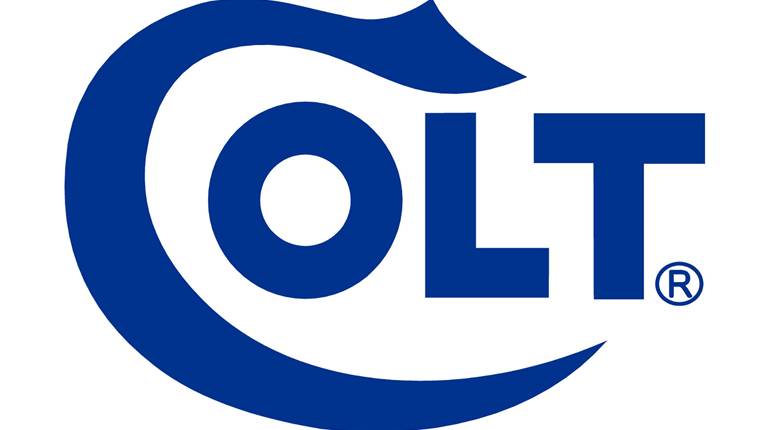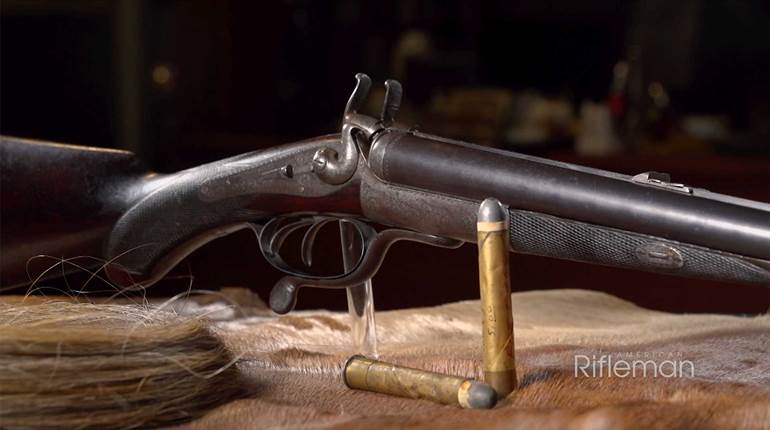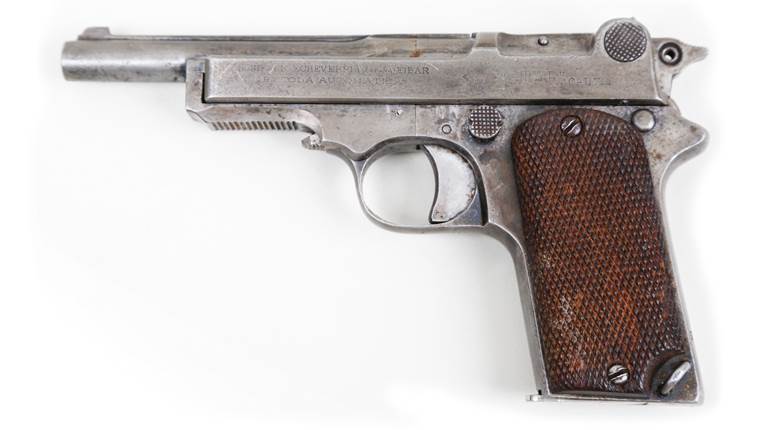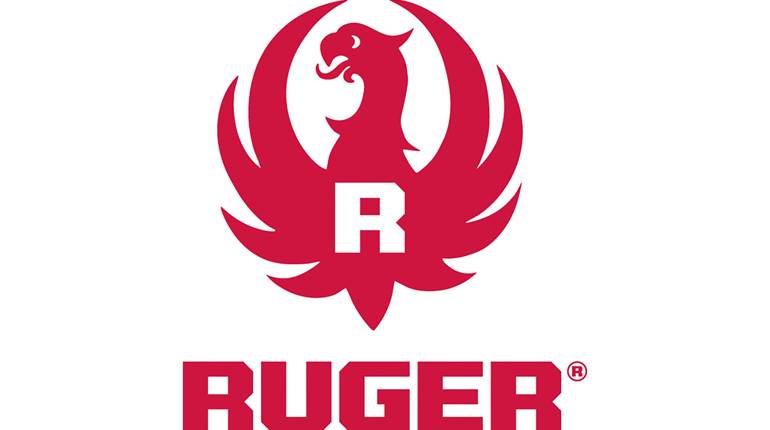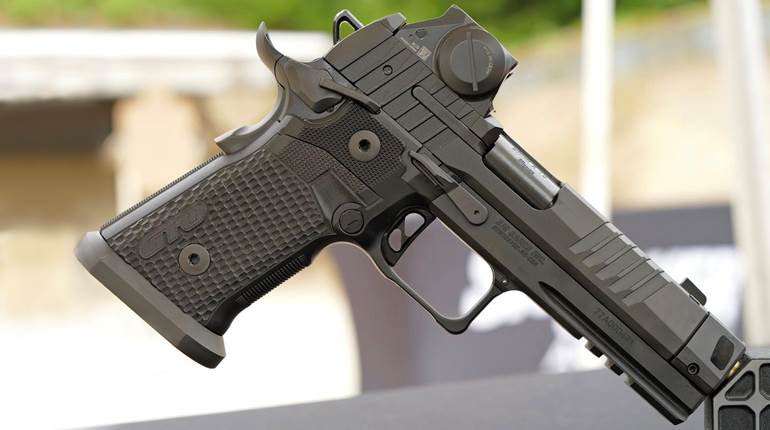
I recently picked up a brand new pistol. The gun was the new Taurus 709 SLIM and it appeared to be the latest in a seemingly unending string of polymer receiver autos with simple DAO lockwork. This is a highly successful system, used by many makers and available in all the popular calibers. Most models follow the example set by Glock, where the slide's movement to the rear partially cocks the internal striker while trigger pressure completes the cocking action before releasing the striker to fire. The new Taurus model appeared to be another DAO, but I should have seen that it was not. This was particularly true when I couldn't get the pistol to fire and blamed the good folks at Taurus for sending me a broke gun.
Welcome to the 21st Century, Wiley. It's a time of new tricks for old dogs like you.
Before there were DAO autos of various kinds, the standard was some form of DA/SA trigger action, where the first shot was delivered by a long, sweeping arc of the trigger. Subsequent shots were all with a short, crisp SA trigger pull. This DA/SA stuff started with Walther of Germany and spread like wildfire. For a couple of decades in the 70s and 80s, this was the basic plan for a service auto. Before that, fighting autos (1911, Luger, HiPower, et al) were pure single actions, but a cocked.45 in a cop's holster is enough to give the police administrators of America a massive coronary. Suffice it to stay that the current service handgun scene has some DA/SAs and a lot of DAOs. Enter the new Taurus, which is neither.
The perceived advantage of the DA/SA is that it is “safer” to carry with hammer down. But almost everyone agrees that the single action trigger is easier to use for both speed and accuracy. Taurus has come up with a new system that has both types of trigger action. The difference is in an easy-to-use single-action trigger for each and every shot, but a standby double action trigger for the infrequent possibility of a misfire. It works like this.
Insert a loaded magazine in an empty gun and rack the slide. This chambers a round and fully cocks the striker. The trigger needs to be pulled through a long take-up stroke, but releases with a crisp 5 pound press. On firing, the slide cycles and the process may be repeated. If there's a misfire, the slide doesn't move and the striker isn't cocked. But you can get a second strike on the round by sweeping the trigger through a long arc and cocking the striker. This action may be repeated if the shooter so desires. Classically trained 1911 shooters know that the more common reason for click-instead-of-bang is an empty chamber, but that's another issue. Taurus has effectively resolved the misfire problem with a unique SA/DA trigger system. The cocked trigger is so far back in the trigger guard that my kielbasa-sized fingers just didn't get it back there. Expecting a typical DAO, I short-stroked the trigger, so the gun didn’t go bang and my face is red.
